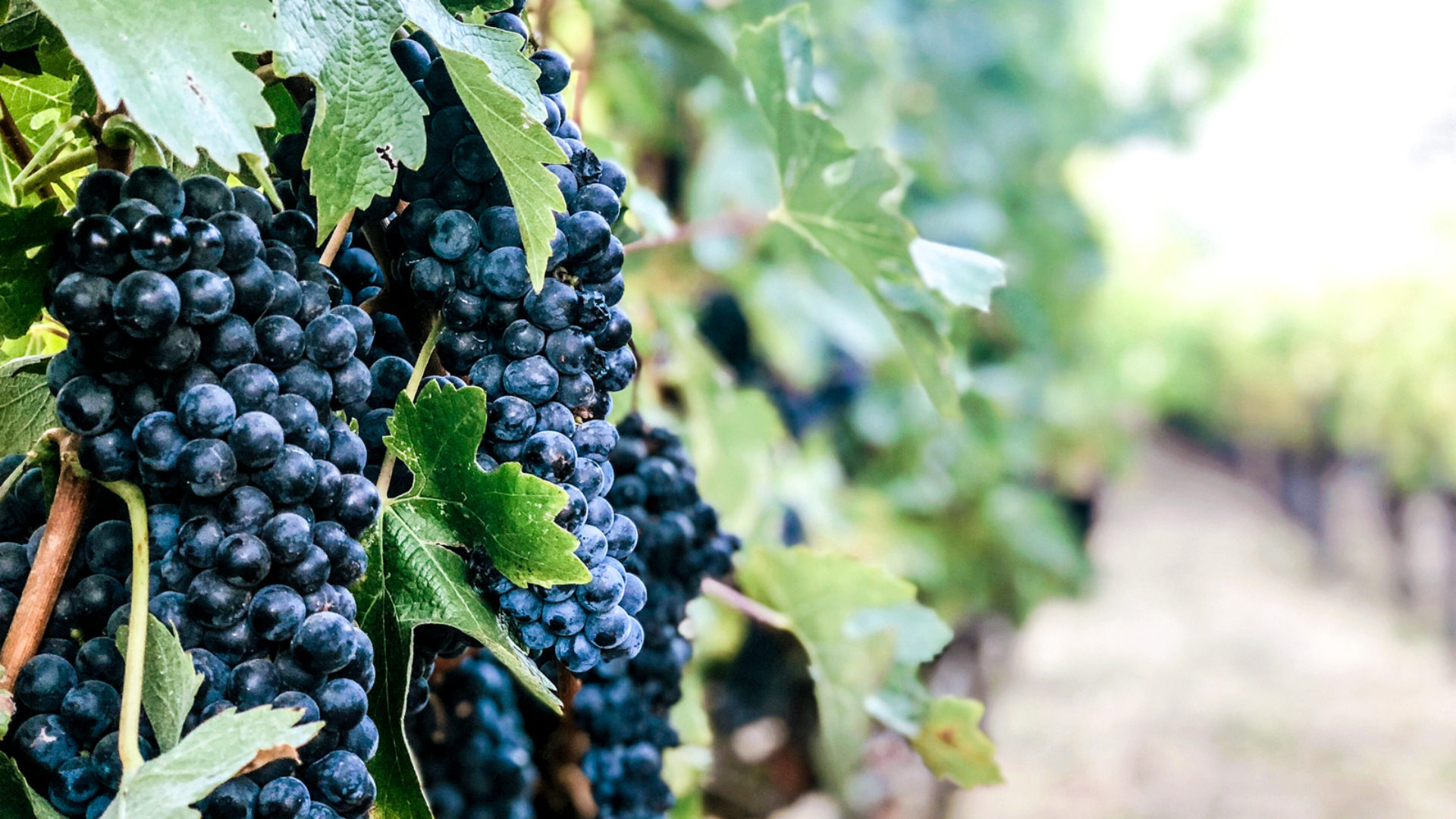Sulfites Killing Your Wine Buzz? Let's fix that!
From hives to headaches, sulfite allergies and sensitivities can take the fun out of a wonderful glass of wine. Sulfites have been used for hundreds of years in wine as a preservative at bottling and antimicrobial during wine making. They also occur naturally (about 10 mg/L) after fermentation.
BUT, they really don’t need to be in wine for a wine to be stable and excellent! Techniques such as hand harvesting, using native yeast, and keeping a very clean cellar are ways winemakers create delicious wines without sulfite additions.
How do you find no-to-low sulfite wines? Here are some basic strategies to use on your next shopping trip or restaurant visit to help find wine that is fine!
Tips for No to Low Sulfite Wines
- Red wines typically have lower levels of sulfites than white wines.
- Organic, biodynamic, and “natural” wines will predictably have the lowest sulfite levels.
- Wines from established quality wine regions typically are made with less added sulfites, as sulfites can alter taste, aroma, and unique character of wines.
- European Union (EU) and Argentinian non-organic wines have lower sulfite levels by law than average US commercial wines. Choosing wines from the EU and Argentina automatically improve your chances for lower sulfite levels.
- Low cost wines, in general, use sulfites more liberally to correct for grape juice quality, optimize bulk cellar practices and extend shelf life.
- Sweet wines have the highest levels of sulfites.
